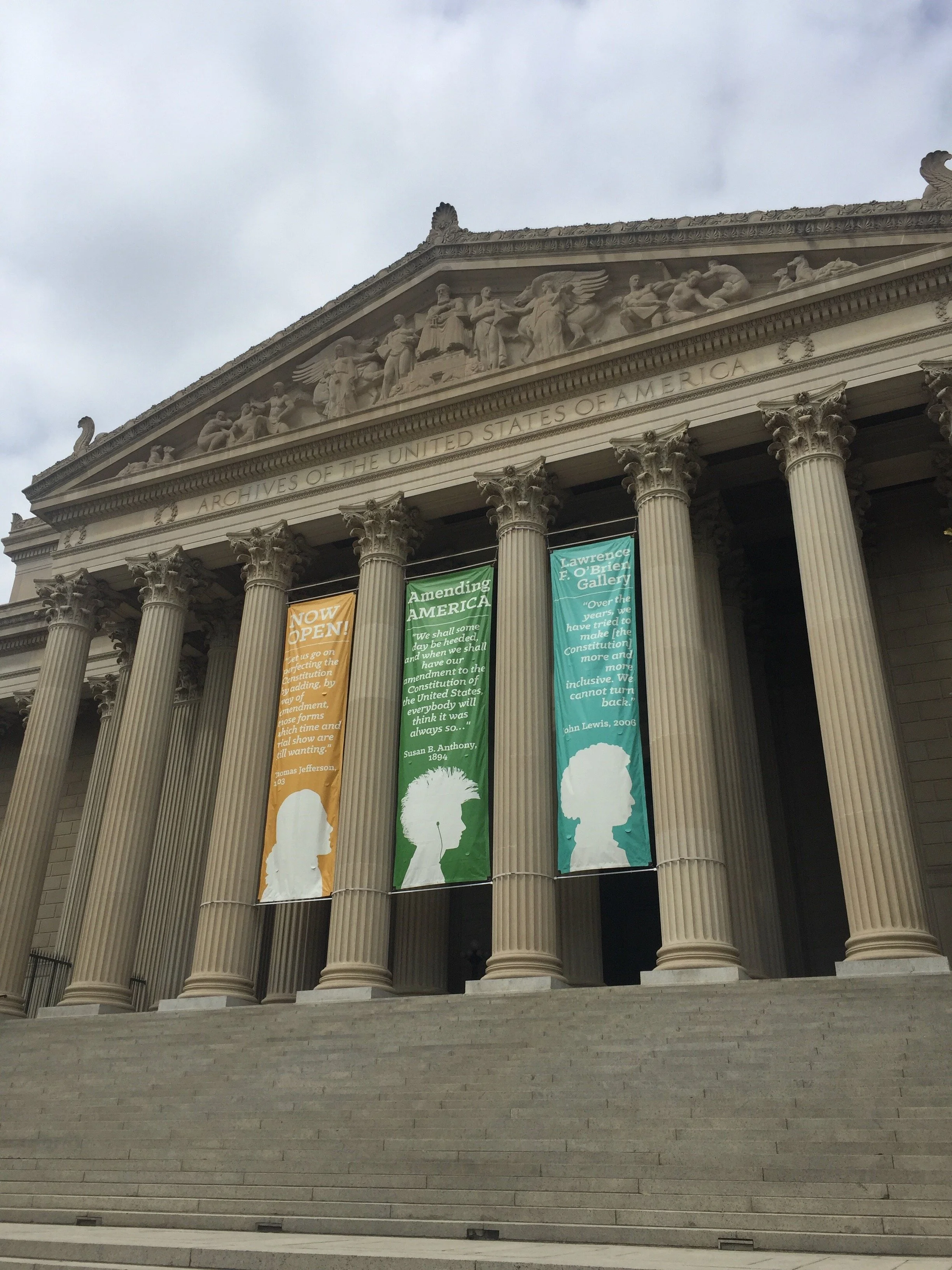In 1946, the Bureau of Indian Affairs (BIA) established the Special Navajo Program to rapidly educate and assimilate Navajo children between the ages of 12 and 18. Between 1946 and 1959, nearly 50,000 Navajo children were taken from their homes and sent to eleven off-reservation boarding schools across the U.S. Navajo students began enrolling at the Stewart Indian School in 1949, and by the time the program ended a decade later, almost 4,000 Navajo students had attended the school.
Read MoreThis post examines student writings between the 1950s and the closure of the school in May, 1980. These writings share important insights into student life at Stewart, and are, in some cases, the only opportunities for historians to hear directly from students about their experiences at the school. If you are interested, there is also a more extensive collection of student writings available for review at the Stewart Indian School Cultural Center and Museum in the Reflection Room. Check it out when you visit!
Read MoreWhile researching my dissertation, I read several collections of student writings that helped me better understand how some students experienced their time at the Stewart Indian School. Through these writings, I discovered some of the sophisticated ways students pushed back against school officials, and how they expressed themselves and their aspirations through articles in school newspapers, speeches, gossip columns, jokes, and art. These mediums allowed students the space to address issues relevant to their experiences and that reflected different aspects of student life at Stewart.
Read MoreThis post is a “how to” with regard to researching boarding schools in federal archives, and a way for me to share some lessons I learned in working with these institutions.
Read MoreOn Monday, I had the opportunity to go to Carson City and see the newly opened Stewart Indian School Cultural Center and Museum. This was my first opportunity to see the fully-renovated building and the exhibits I had the opportunity to work on, and I was completely blown away.
Read More
When and why did the Office of Indian Affairs (OIA) decide to build an off-reservation boarding school in Nevada? The answers to these questions are connected with the influx of settlers to the Nevada Territory in the 1850s and after statehood in 1864, the sheer size of the state, and the diffuse nature of Indigenous settlements throughout the region. Ultimately, OIA officials believed an off-reservation boarding school would be the best way of rapidly assimilating Native children in Nevada, thereby ensuring that Indigenous lands would be open for non-Native settlement. However, things did not always go as planned.
Read More
Last November, I had the opportunity to attend the National Native American Boarding School Healing Coalition conference in Tulalip, Washington. The conference was held at the Tulalip Resort Casino, on sovereign Tulalip land, which is governed by the “direct descendants of and the successors in interest to the Snohomish, Snoqualimie, Skyomish, and other allied bands signatory of the 1855 Treaty of Point Elliot.” (Quoted from Tulalip Tribes, https://www.tulaliptribes-nsn.gov/) The casino is filled with art, photographs, history, and carvings.
Read MoreBefore diving into my work on the Stewart Indian School, I thought it might be helpful to share some information about the creation of the off-reservation boarding school system and how assimilationist programs were initially implemented at these schools.
Read MoreToday I am officially putting myself and my work out into the world, and honestly, it is a very scary (and exciting) moment!
Read More








